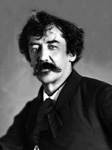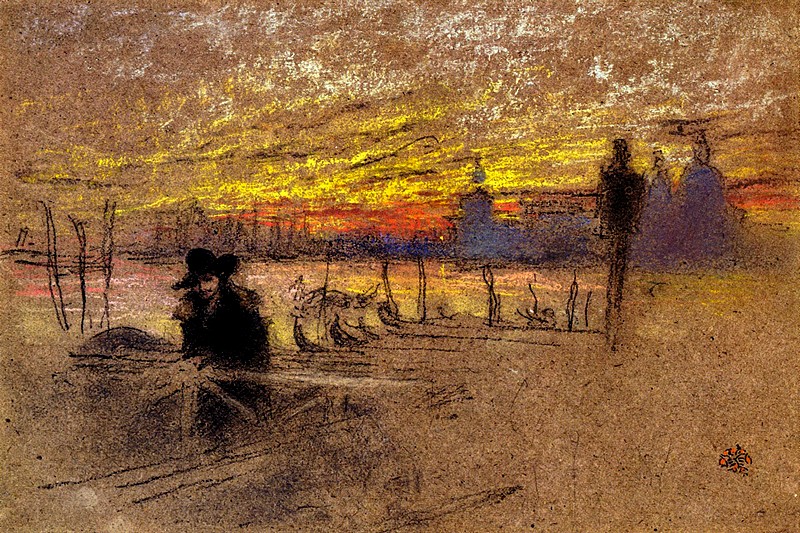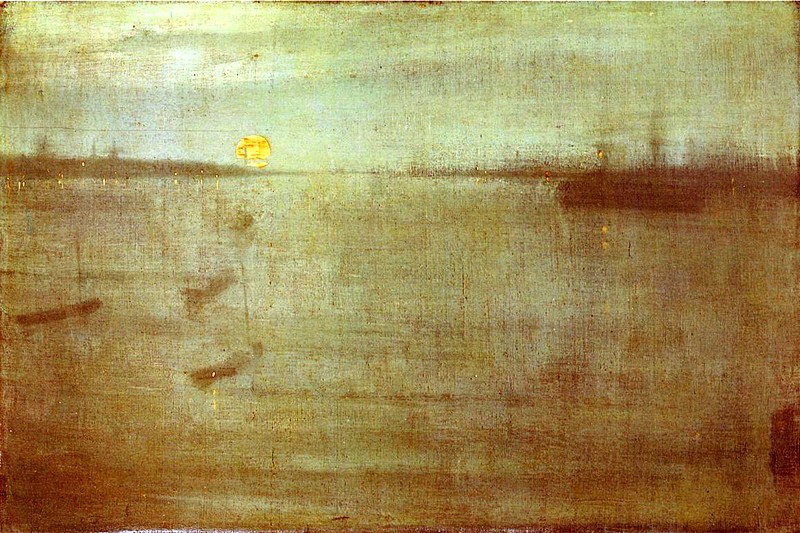James Abbott McNeill Whistler

Artist
Born: Lowell, Massachusetts - 11 July 1834
Died: London - 17 July 1903
He in fact came to St. Petersburg with his family at the age of eight, and left with his mother and siblings in 1847, when the threat of cholera forced them to move to London, where he would spend most of the rest of his life. However, it was in St. Petersburg that he began his study of painting, first with private tutors and then, from the age of 11, at the Imperial Academy of Fine Arts. In 1844 he was introduced to the famous Scottish painter Sir William Allen, who commented on the boy's "uncommon genius".
Whistler decided to become a painter at the age of 15, the year his father died in St. Petersburg and the family fortunes took a turn for the worse. His mother wanted him to become a church minister, but he ended up studying at his father's alma mater, West Point Military Academy. He was insubordinate and seemed entirely to lack his father's practical genius, which led to his dismissal. He suffered a similar fate when working as a cartographer and then in the etching division of the US Coastal Service.
In 1855, he made the decision to devote himself to his art and the bohemian life, and moved to Paris. During his career, Whistler experienced critical adoration and opprobrium, periods of great commercial success and intense poverty. He became almost as famous for his sharp wit and his high-profile public rows as for his paintings. Like his one-time friend Oscar Wilde, he was one of the foremost public cultural figures of the late 19th century. However, he remained dedicated to his principles of aestheticism and "art for art's sake", and the clean lines and rich tonalism of his paintings proved highly influential on generations of artists, particularly in America. Moreover, his Arrangement in Grey and Black No.1 (better known as Whistler's Mother) is one of the most instantly recognizable images in the whole history of Western painting.
Address: 34, Angliiskaya Naberezhnaya
Connected with: George Washington Whistler, Sir William Allen



